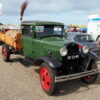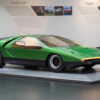Despite the Great Depression, the 1930s were a time of innovation in car manufacturing. Automakers created iconic vehicles that shaped the future of the industry. This article explores the style, sophistication, and technology of the most iconic cars from the 1930s.
Contents
Ford Model 18 (1932-1934)
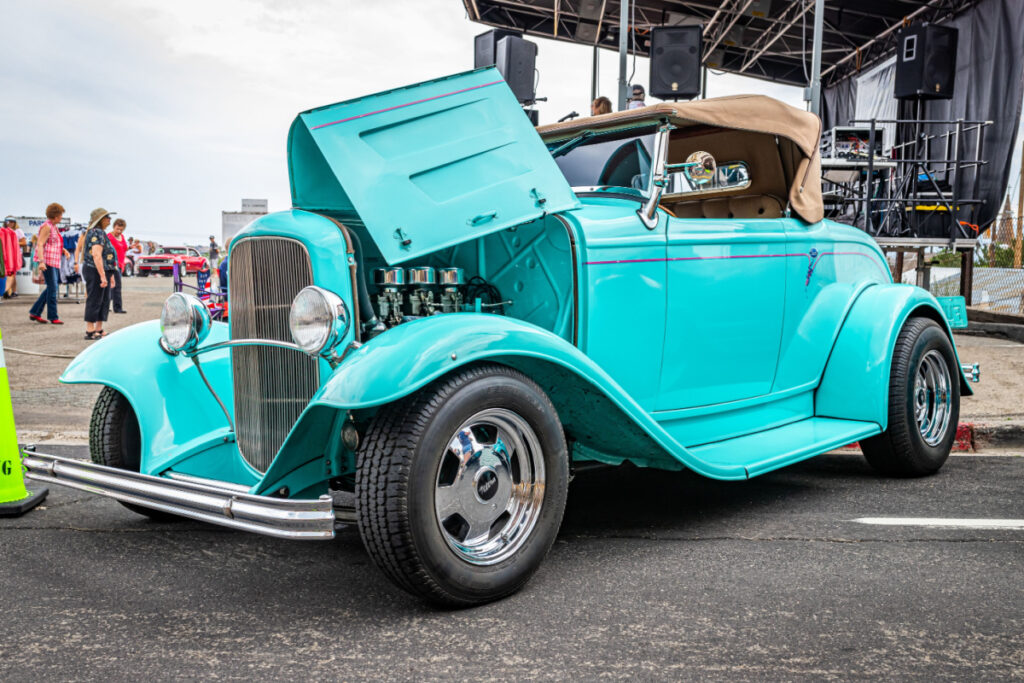
The Model 18, also known as the Ford V8, was the first affordable car to offer a V8 engine, setting a new standard for power in the low-cost market. This car quickly became popular with hot rodders and police departments, and its appeal continues today.
Chevrolet Master (1933-1942)
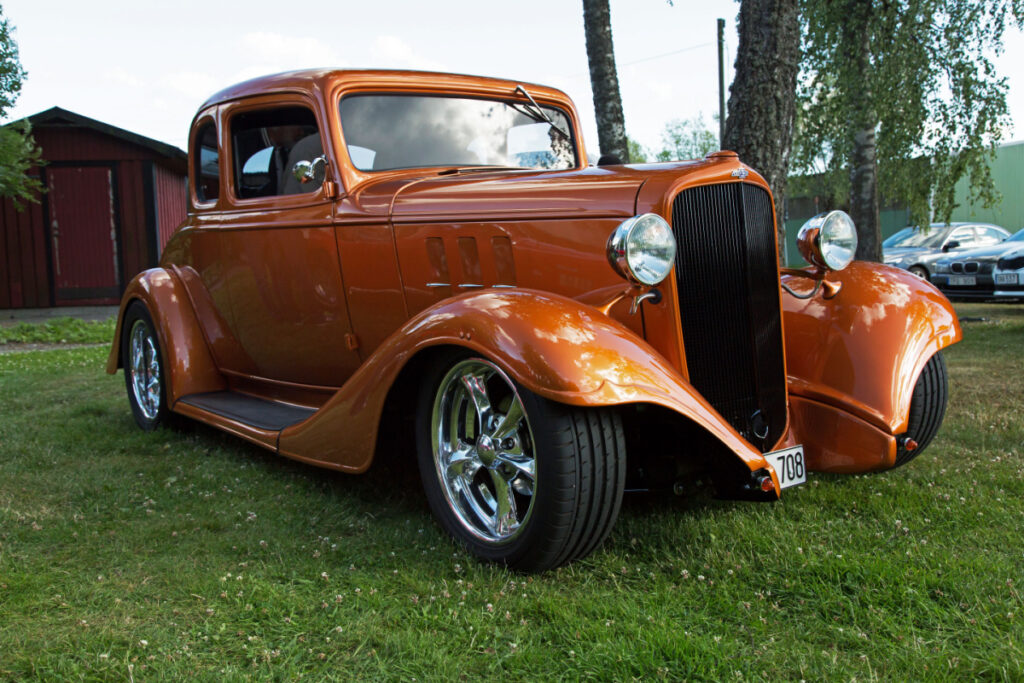
This was Chevrolet’s response to the Ford V8. The Master, which introduced the “Knee-Action” independent front suspension, sold very well, allowing Chevrolet to surpass Ford in total sales in the mid-30s.
Bugatti Type 57 (1934-1940)
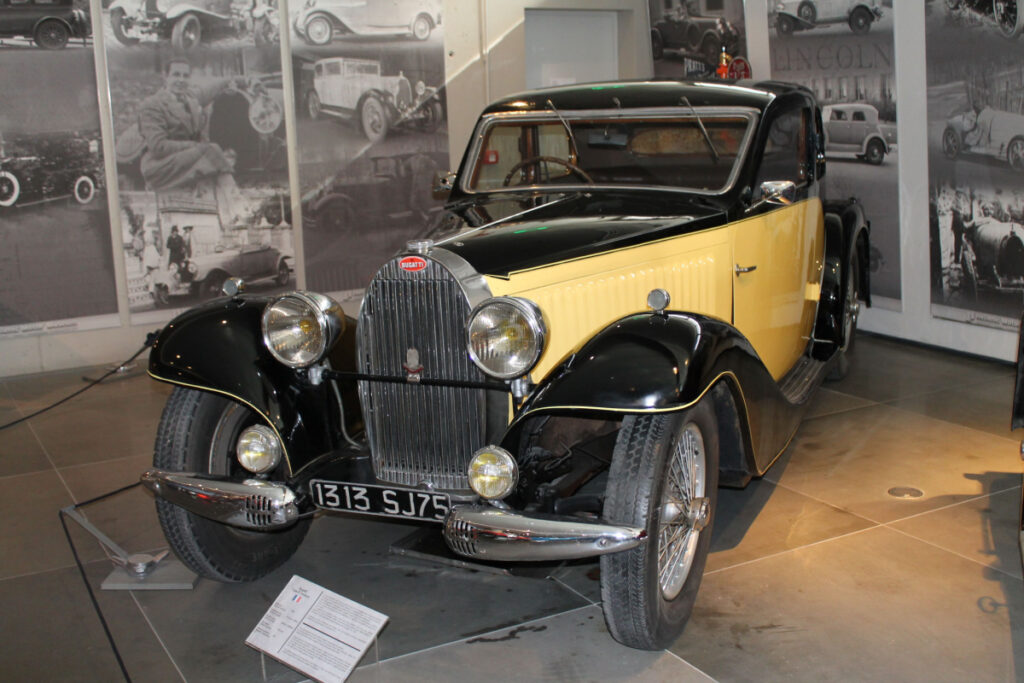
This luxury car, designed by Jean Bugatti, was a marvel of art and engineering. Its variants, especially the Atlantic and the Atalante, are now among the most valuable cars in the world due to their rarity, design, and performance.
Chrysler Airflow (1934-1937)
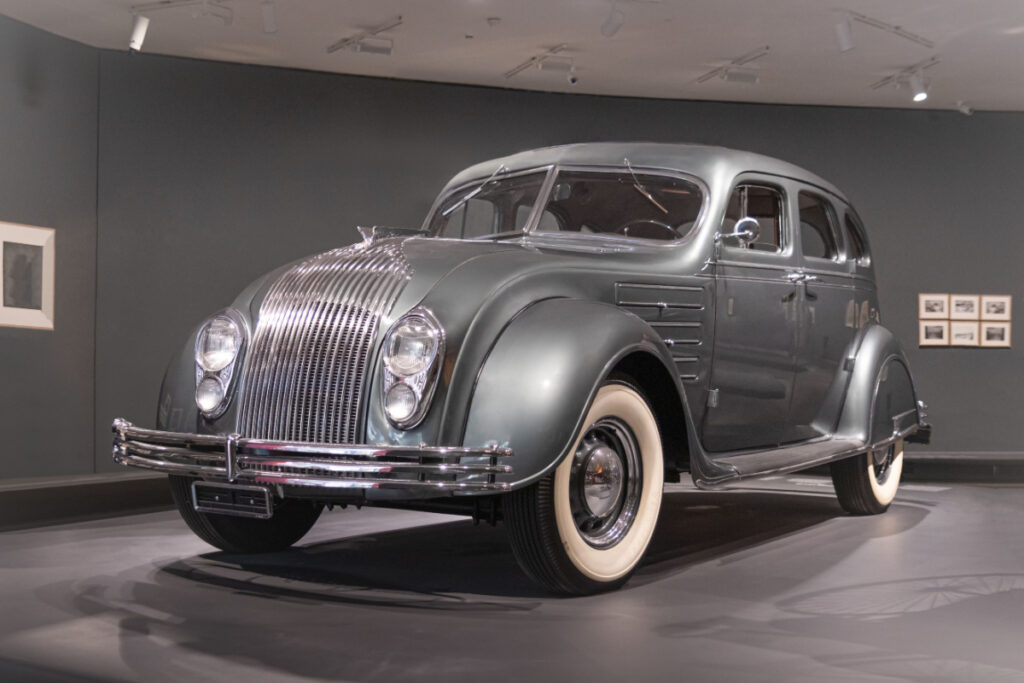
The Airflow was a pioneer in terms of aerodynamic design, offering better performance and fuel efficiency. While it wasn’t a commercial success due to its radical design, it heavily influenced the auto industry’s shift towards aerodynamic car designs.
Cord 810/812 (1936-1937)
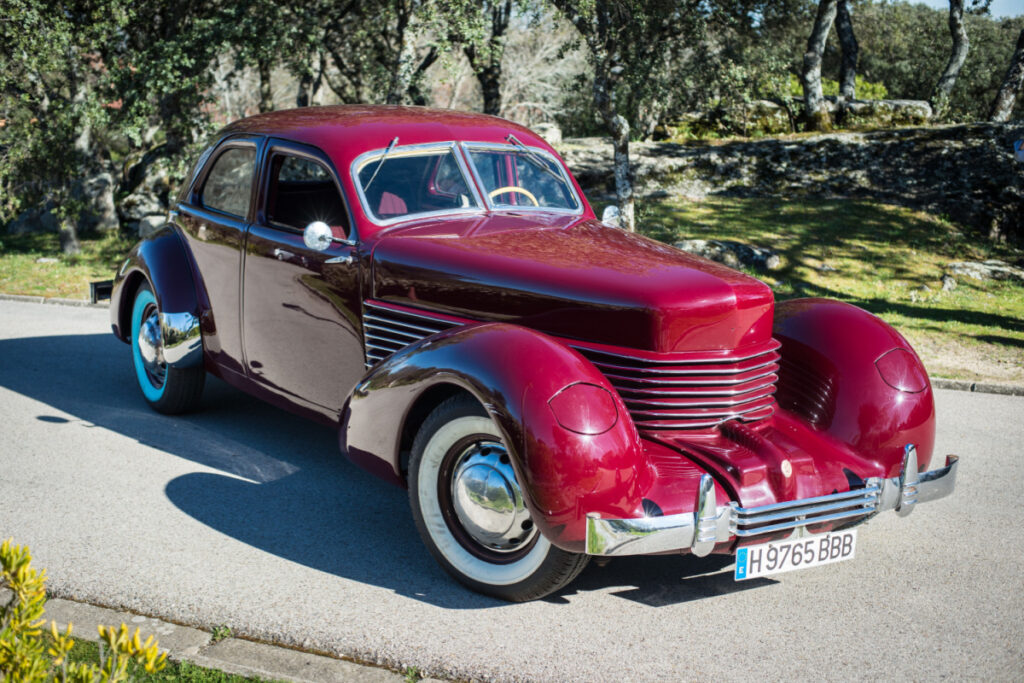
The Cord 810, and its supercharged sibling, the 812, introduced front-wheel drive and hidden headlights. While production issues led to slow sales, the car’s design and engineering innovations made it a standout of the period.
Auburn Speedster (1935-1937)
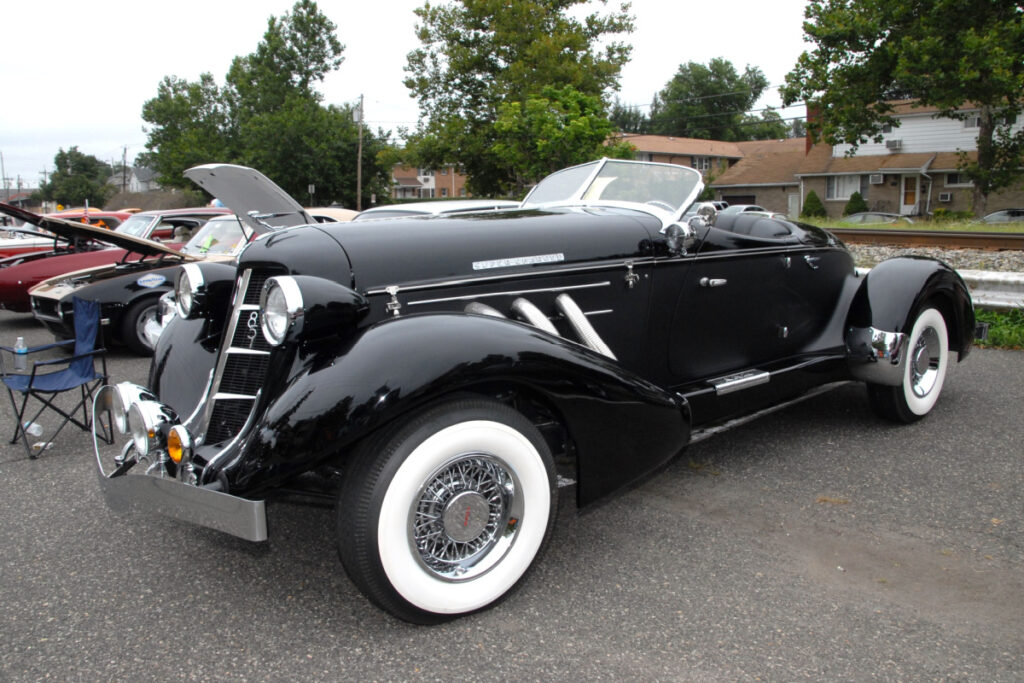
Known for its distinctive boat-tail rear and supercharged engine, the Auburn Speedster was one of the most stylish and fastest cars of its time, capable of reaching over 100 mph.
Rolls-Royce Phantom III (1936-1939)
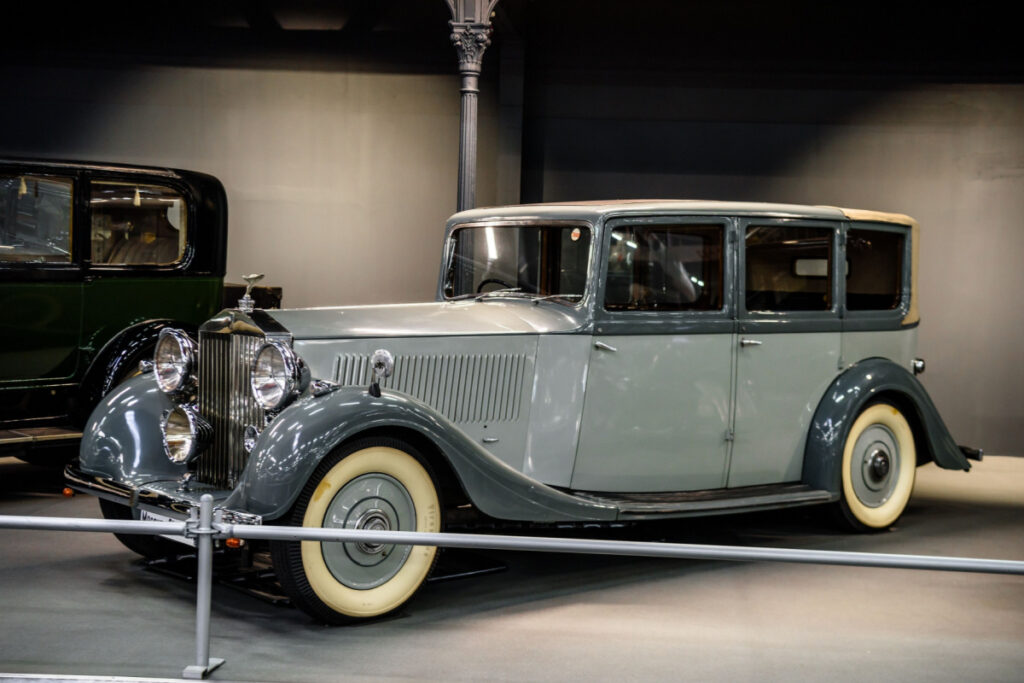
The only V12-powered Rolls-Royce until the 1990s, the Phantom III symbolized luxury and prestige. It featured advanced technology for its time, including a complex hydraulic tappet system.
Mercedes-Benz 540K (1936-1940)
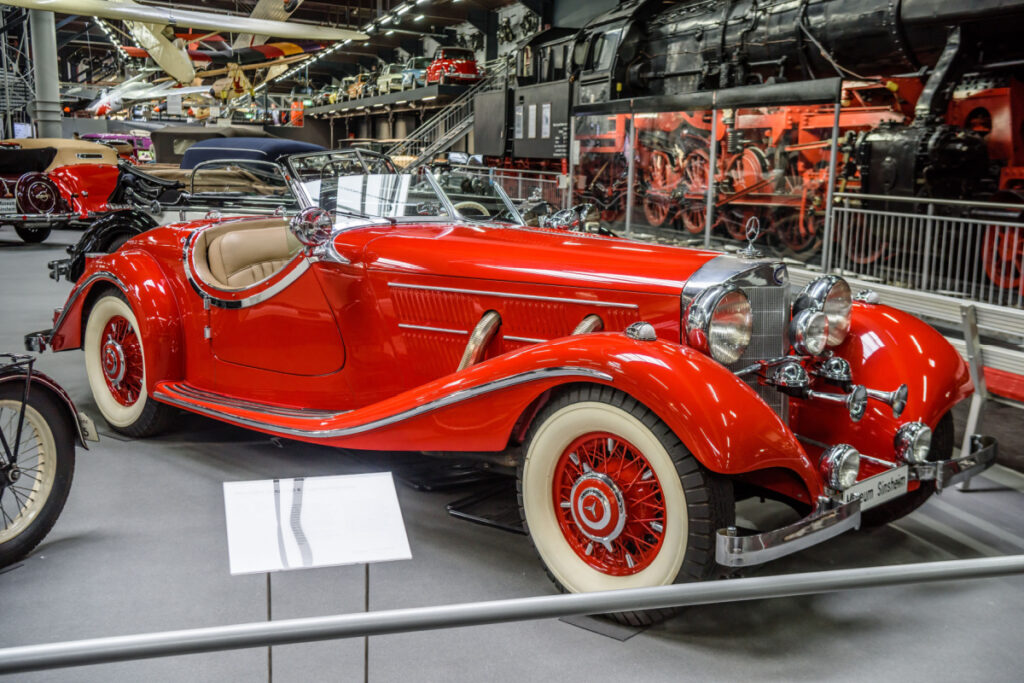
This car combines luxury, style, and performance, featuring a supercharged 5.4-liter engine. Collectors particularly value the Special Roadster variant for its elegance and rarity.
Packard Twelve (1933-1939)
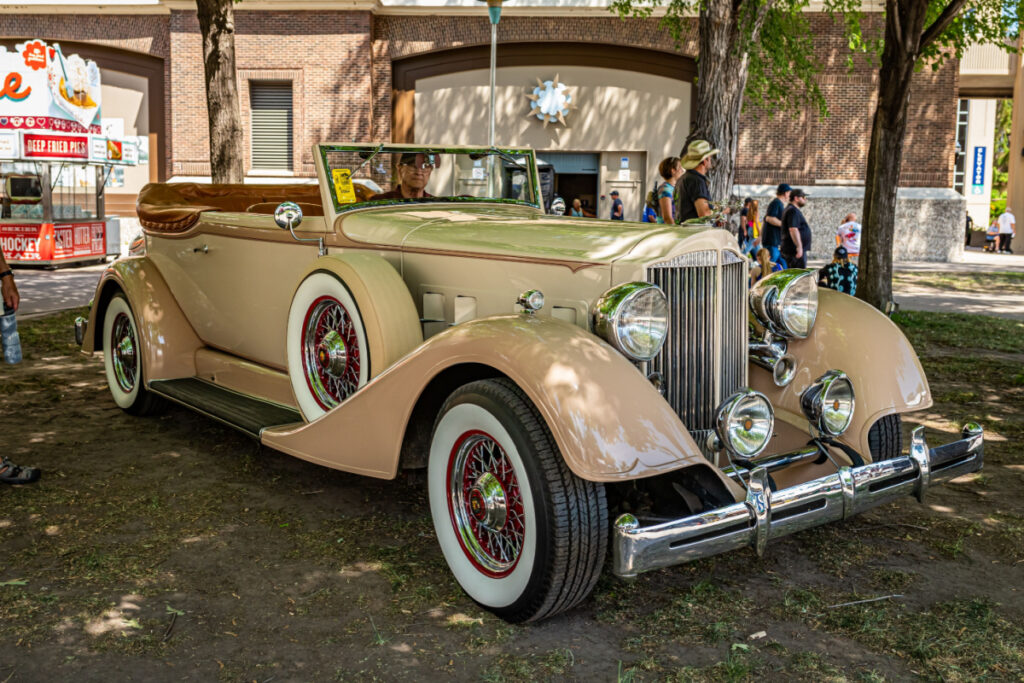
This was Packard’s top-of-the-line model, featuring a smooth and powerful V12 engine. It was one of the most prestigious American cars known for its luxury and craftsmanship.
BMW 328 (1936-1940)
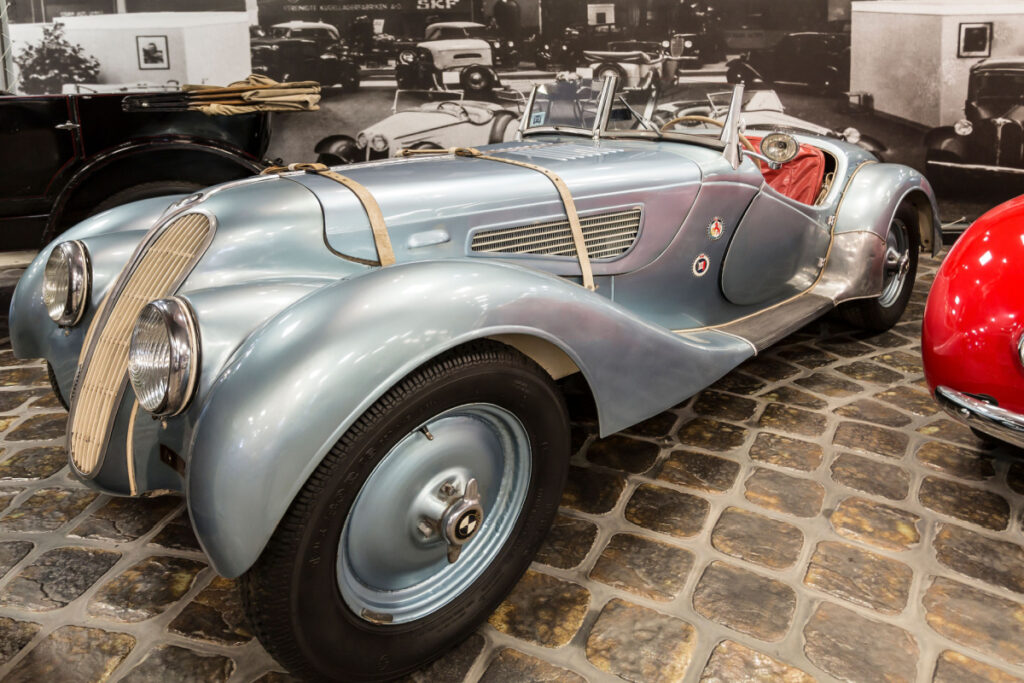
The 328 was an advanced sports car that excelled in many European races. Its 2.0-liter inline-six engine and lightweight construction gave it impressive performance, and its styling set the tone for BMW’s future designs.
Peugeot 402 (1935-1942)
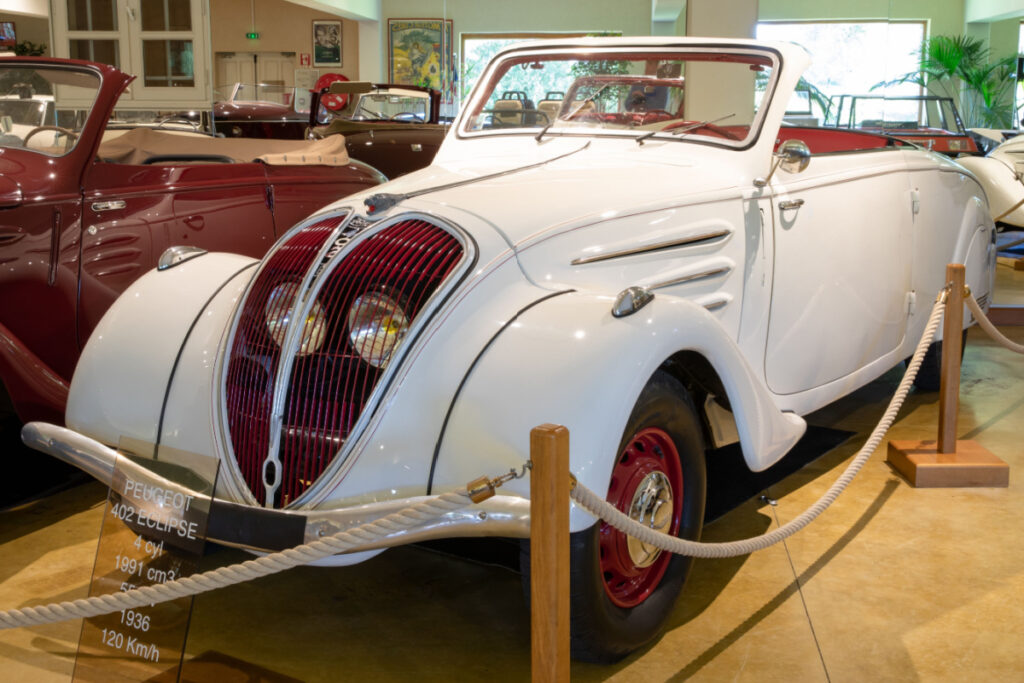
This car was one of the earliest adopters of the streamlined, aerodynamic body style. It also featured innovative technology, like the first electric sunroof.
Duesenberg Model J (1929-1937)
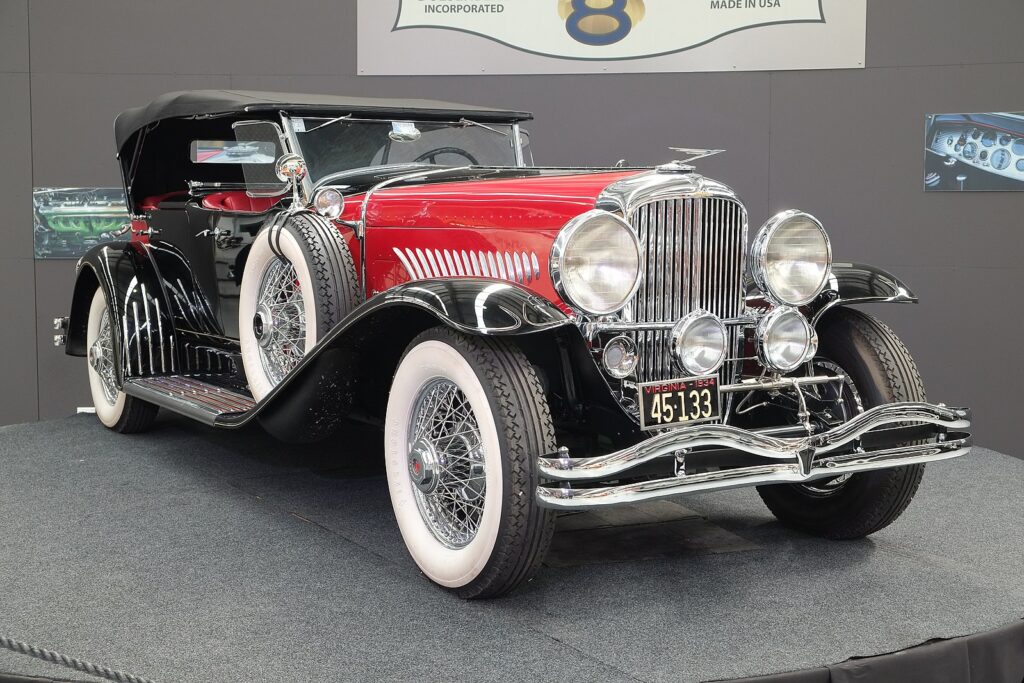
The Duesenberg Model J, introduced at the end of 1929 and produced throughout the 1930s, set new standards for luxury and performance. With its powerful straight-eight engine and custom coach-built bodies, the Model J was one of the fastest and most expensive cars of its time. Its engineering excellence and opulent design influenced the luxury car market and established a legacy of American automotive prestige.
Alfa Romeo 8C 2900 (1937-1939)
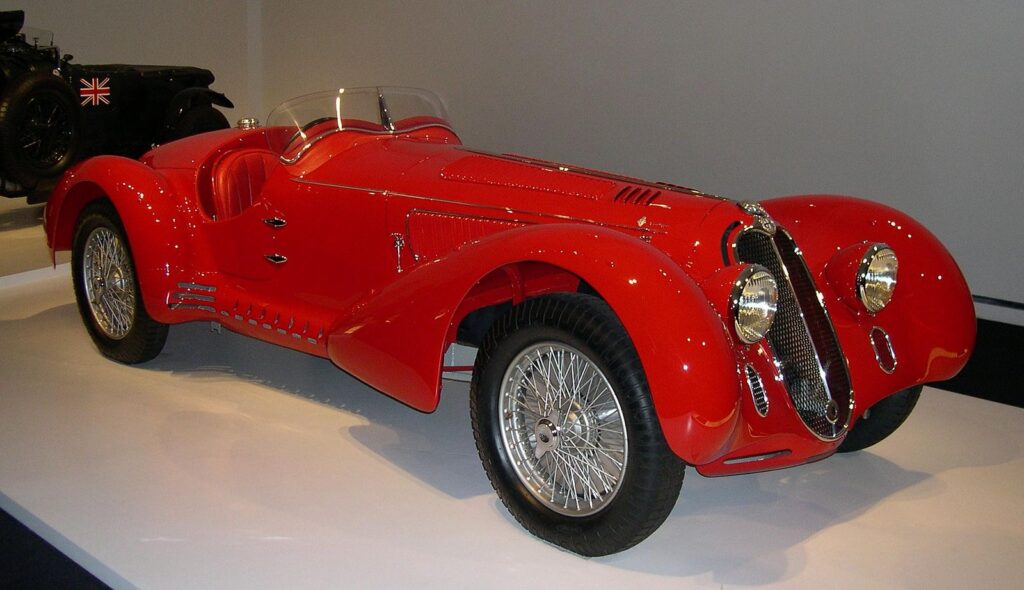
The Alfa Romeo 8C 2900 was renowned for its engineering and performance, winning prestigious races like the Mille Miglia. Its advanced design, including a supercharged inline-8 engine and innovative suspension system, made it one of the fastest road cars of the era and influenced the development of future sports and racing cars.
Citroën Traction Avant (1934-1957)
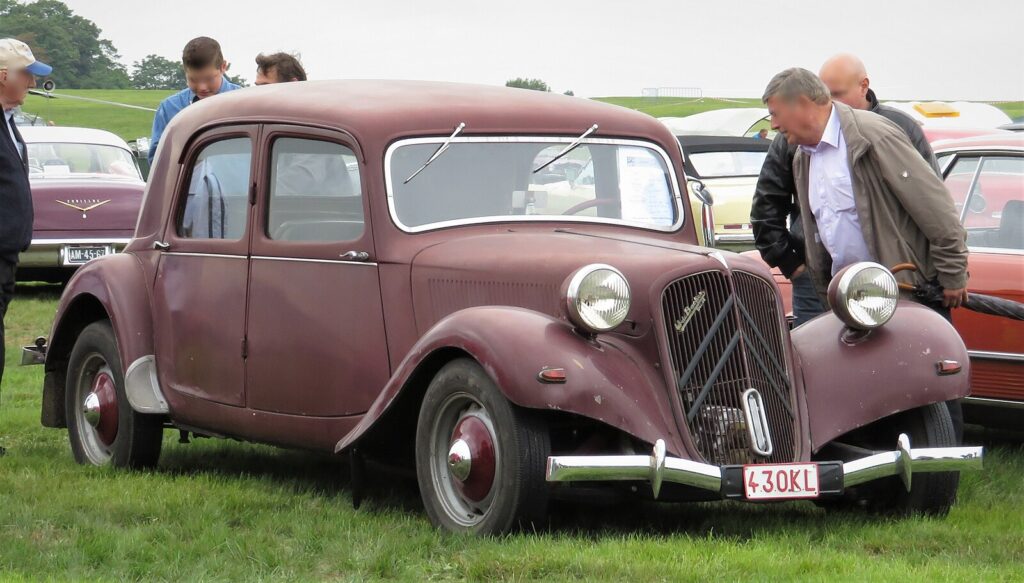
The Citroën Traction Avant was revolutionary, introducing front-wheel drive and unibody construction to mass-produced vehicles. Its design significantly improved vehicle handling and efficiency, influencing car manufacturing techniques and paving the way for modern automotive design.
Lincoln Zephyr (1936-1940)
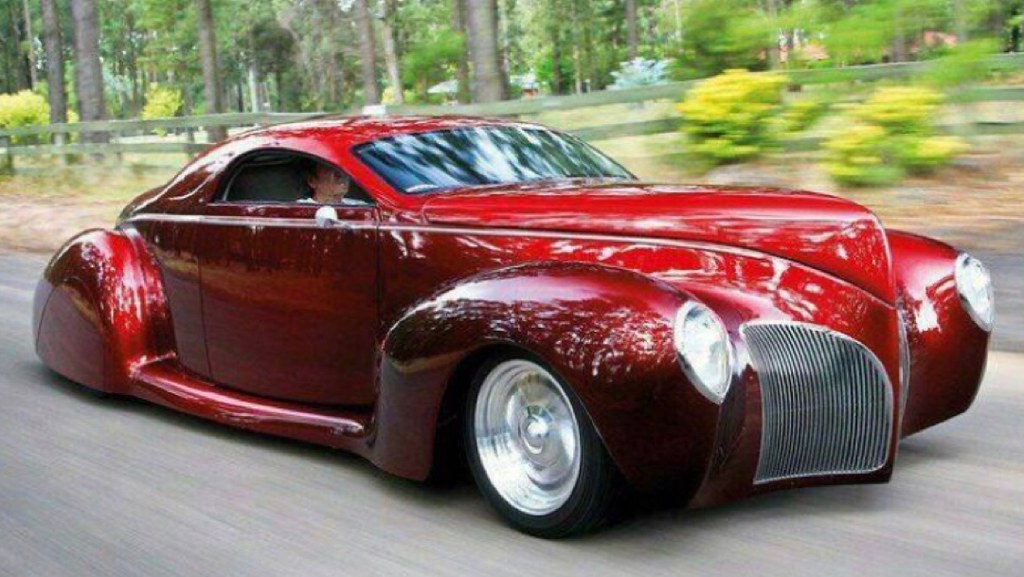
The Lincoln Zephyr was notable for its streamlined design and V12 engine, which helped popularize aerodynamic styling in American cars. Its success in the luxury market of the 1930s demonstrated consumer appetite for stylish, performance-oriented vehicles, influencing future trends in car design.
Hudson Terraplane (1932-1938)
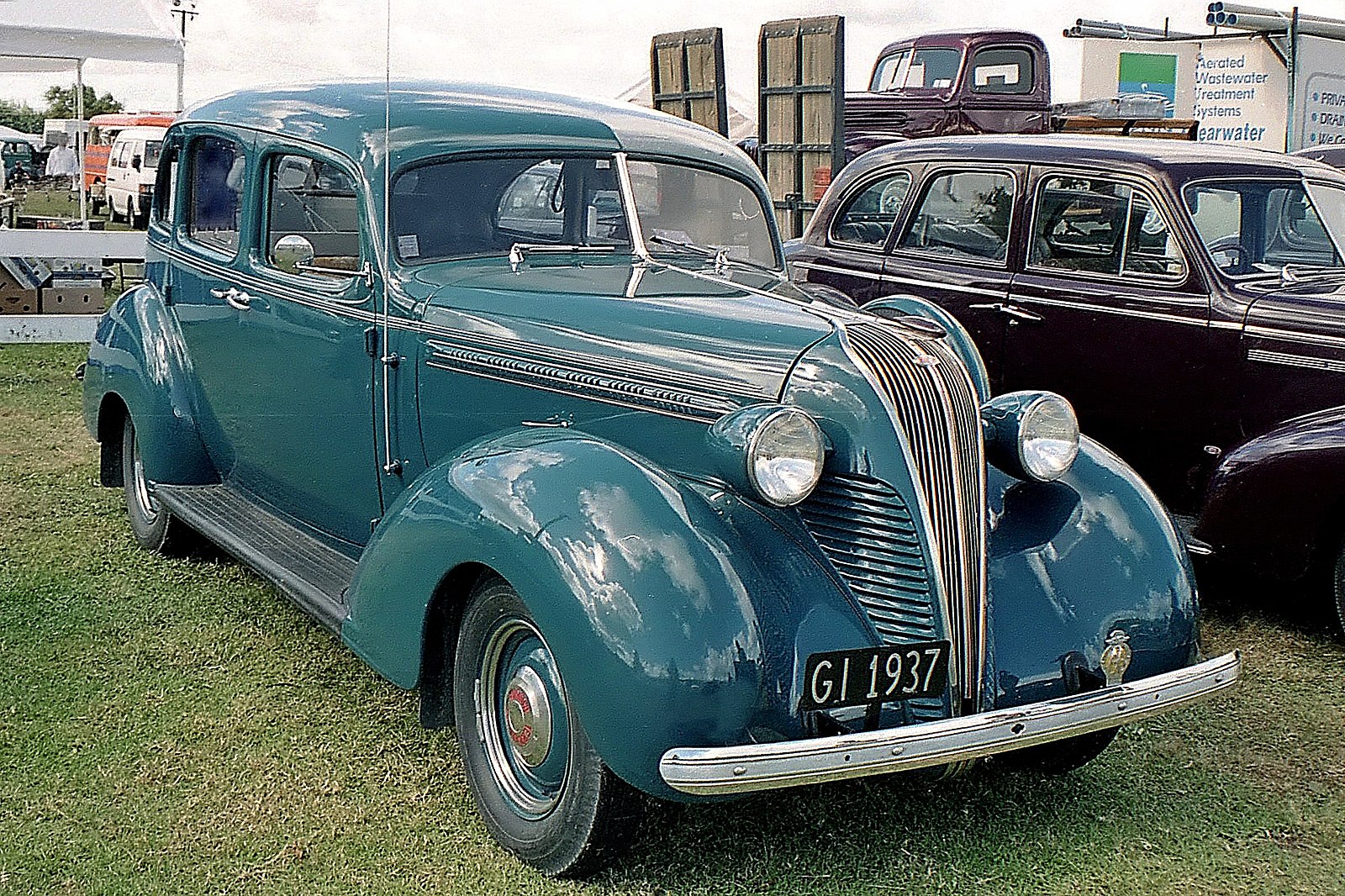
The Hudson Terraplane gained popularity for its relatively affordable price and strong performance. Known for its robust construction and innovative features like optional electric gear shifting, it became a favorite among consumers and influenced the market for performance-oriented family cars.
Pierce-Arrow Silver Arrow (1933)
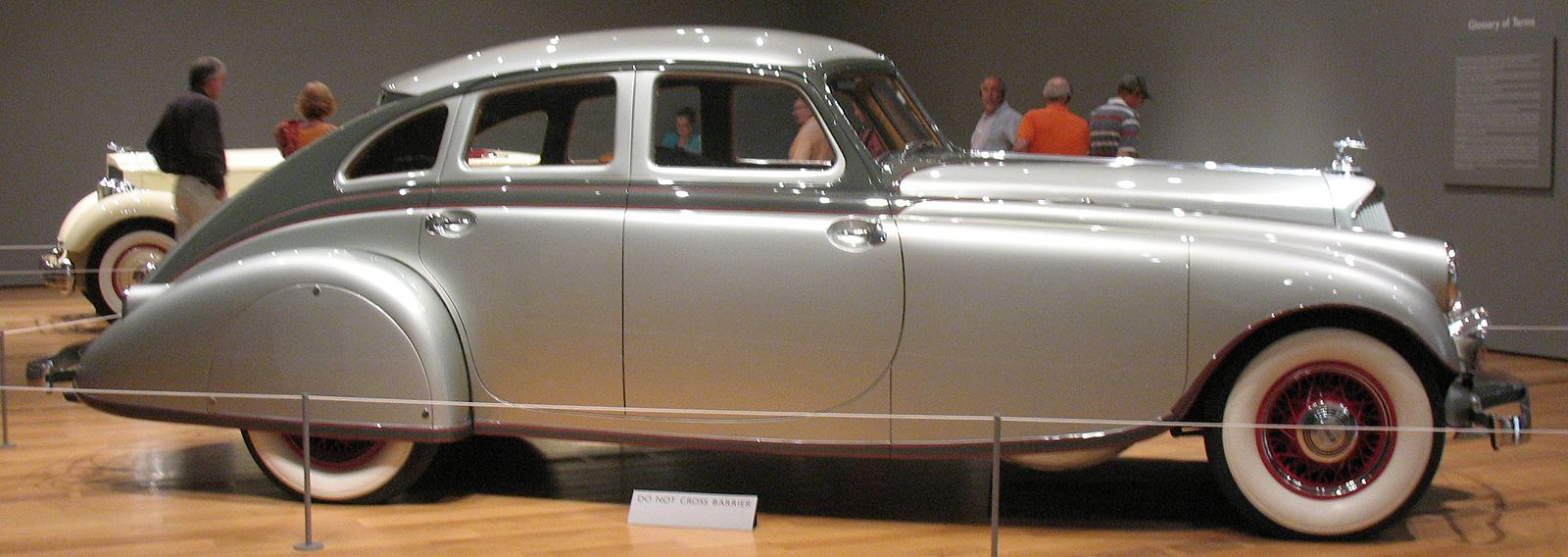
The Pierce-Arrow Silver Arrow was a marvel of its time, embodying futuristic design with its streamlined shape and integrated fenders. Though only five were built, its high speed, luxury, and innovative design captured the public’s imagination, pointing the way to the future of automotive aesthetics.
Cadillac Series 60 (1936)
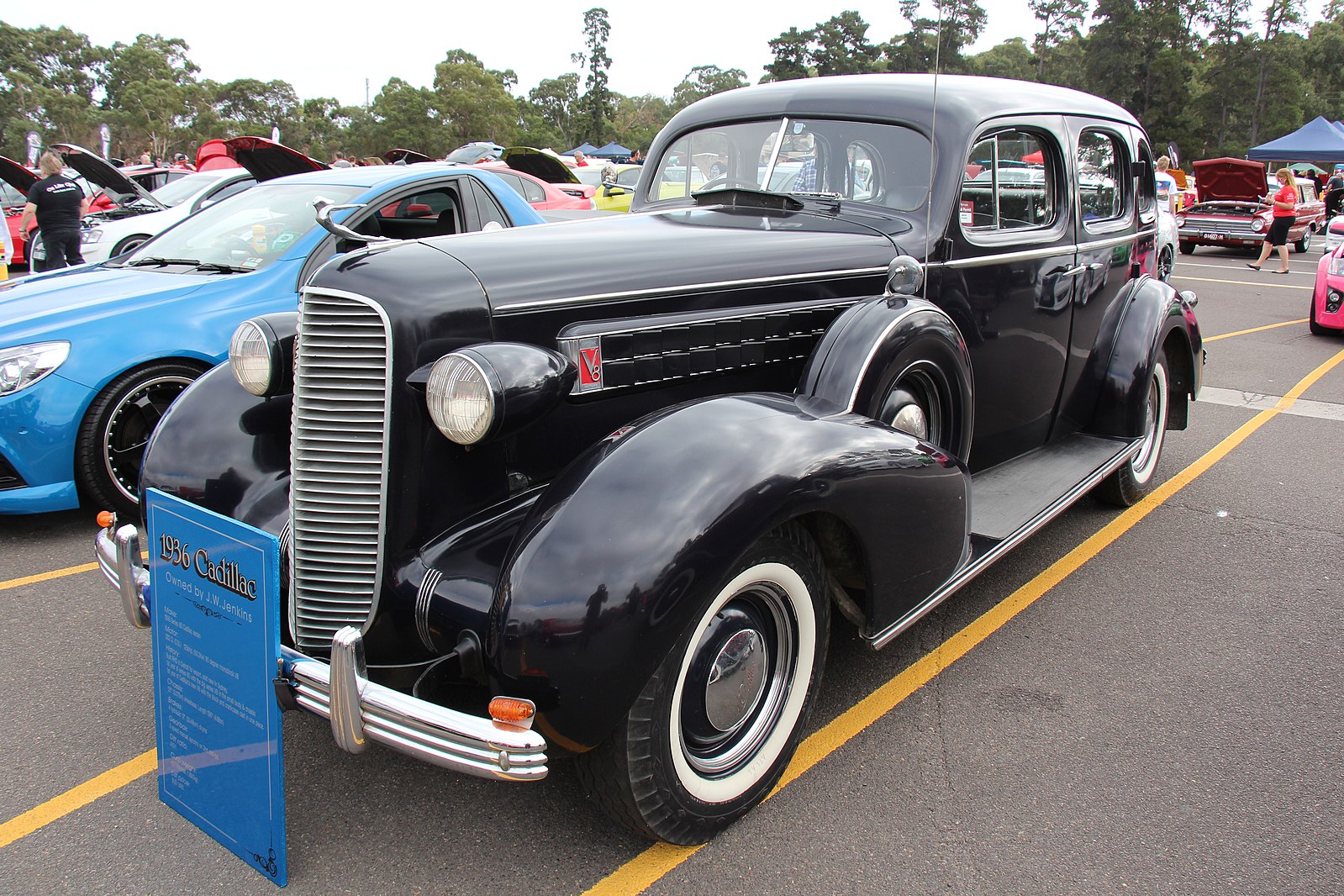
The Cadillac Series 60 helped establish the brand’s reputation for luxury and innovation. Its introduction of a more affordable V8 model made luxury vehicles accessible to a broader audience, influencing the American luxury car market and solidifying Cadillac’s position as a leading luxury automaker.
Lagonda V12 (1938-1940)
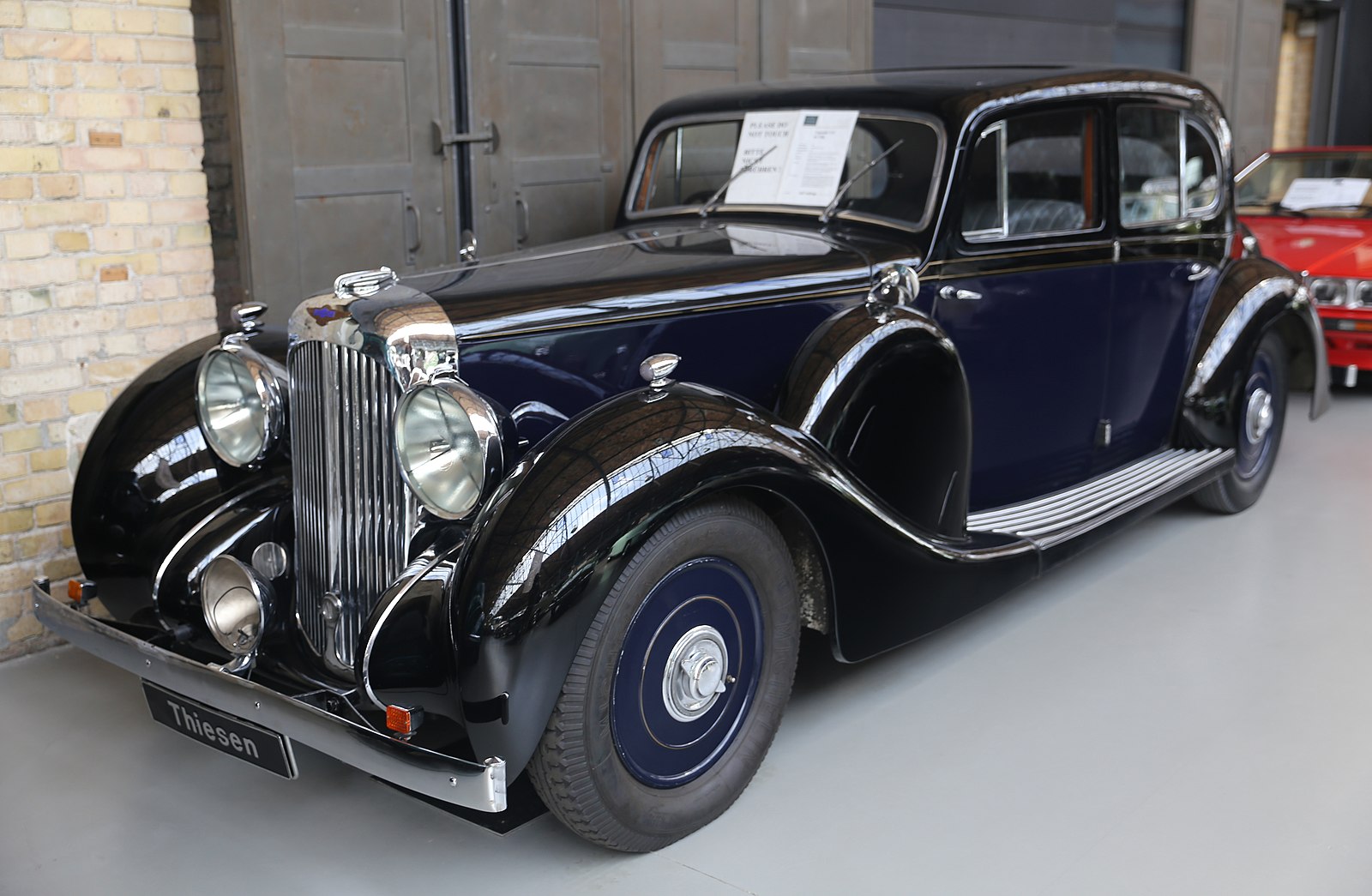
The Lagonda V12 was known for its exceptional power and luxury. Designed by W.O. Bentley, its V12 engine and sophisticated suspension system offered unmatched performance and comfort in its time, influencing the development of luxury performance cars.
Delahaye 135 (1935-1954)
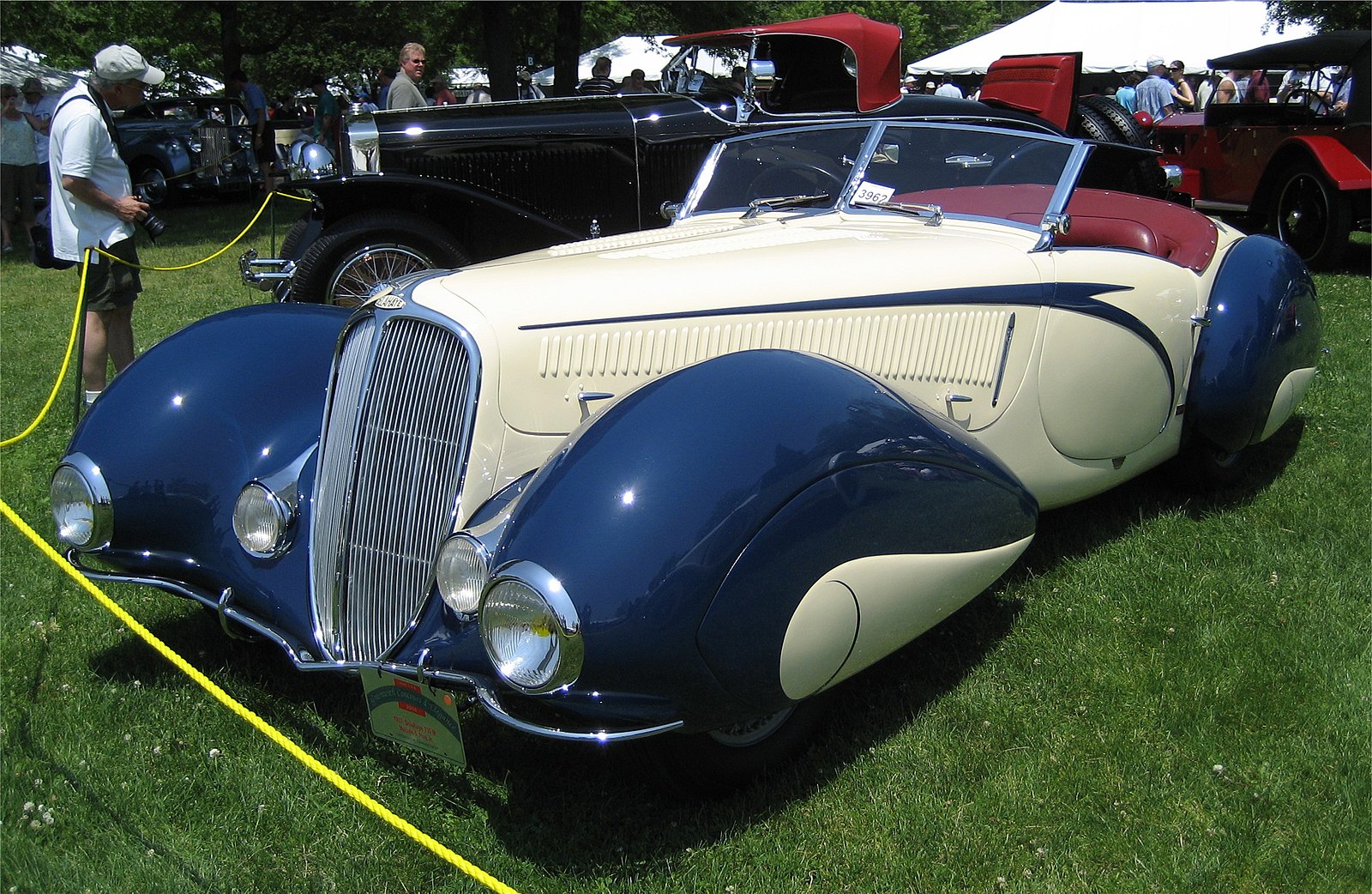
The Delahaye 135 was celebrated for its competitive performance in motorsport and its elegant design. Its success in racing, including a victory at the 24 Hours of Le Mans, showcased the potential for combining high performance with luxury, influencing the design and engineering of future sports cars.
This article originally appeared on MyCarMakesNoise.
More from MyCarMakesNoise
10 Prestigious Car Brands That Miss the Mark

Behind the shiny badges and glossy marketing are some brands whose reputation for luxury doesn’t quite match reality. Read More.
20 Cars That Have Faded from Everyday Roads

Once staples of American and European highways, these cars that defined the technological advancement of their ages now have their place as relics of memories in exhibitions and auto museums. Read More.
Top Used Electric Cars That Won’t Break the Bank

In this article, we’ll navigate the exciting landscape of pre-owned EVs, highlighting models that deliver the most bang for your buck. Read More.





